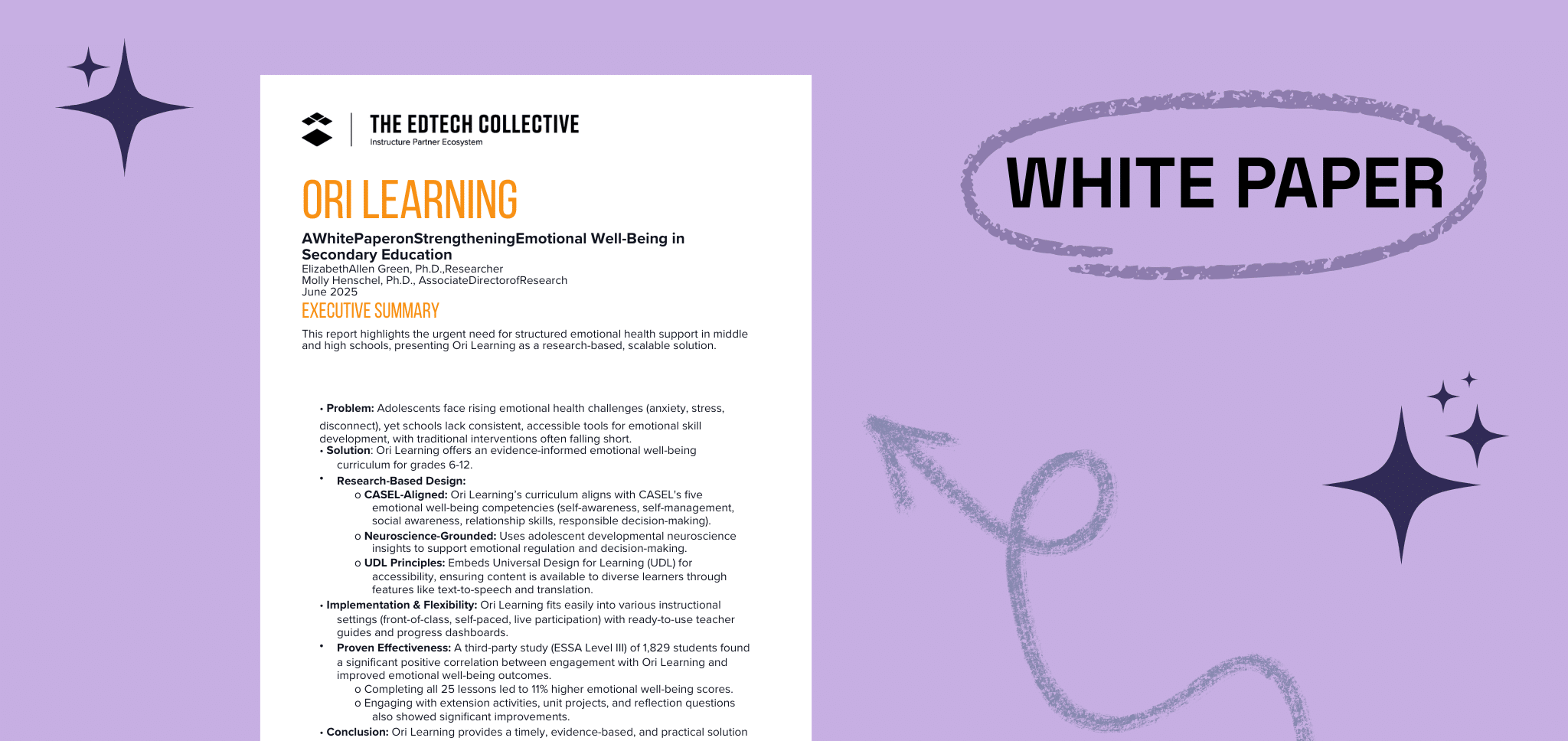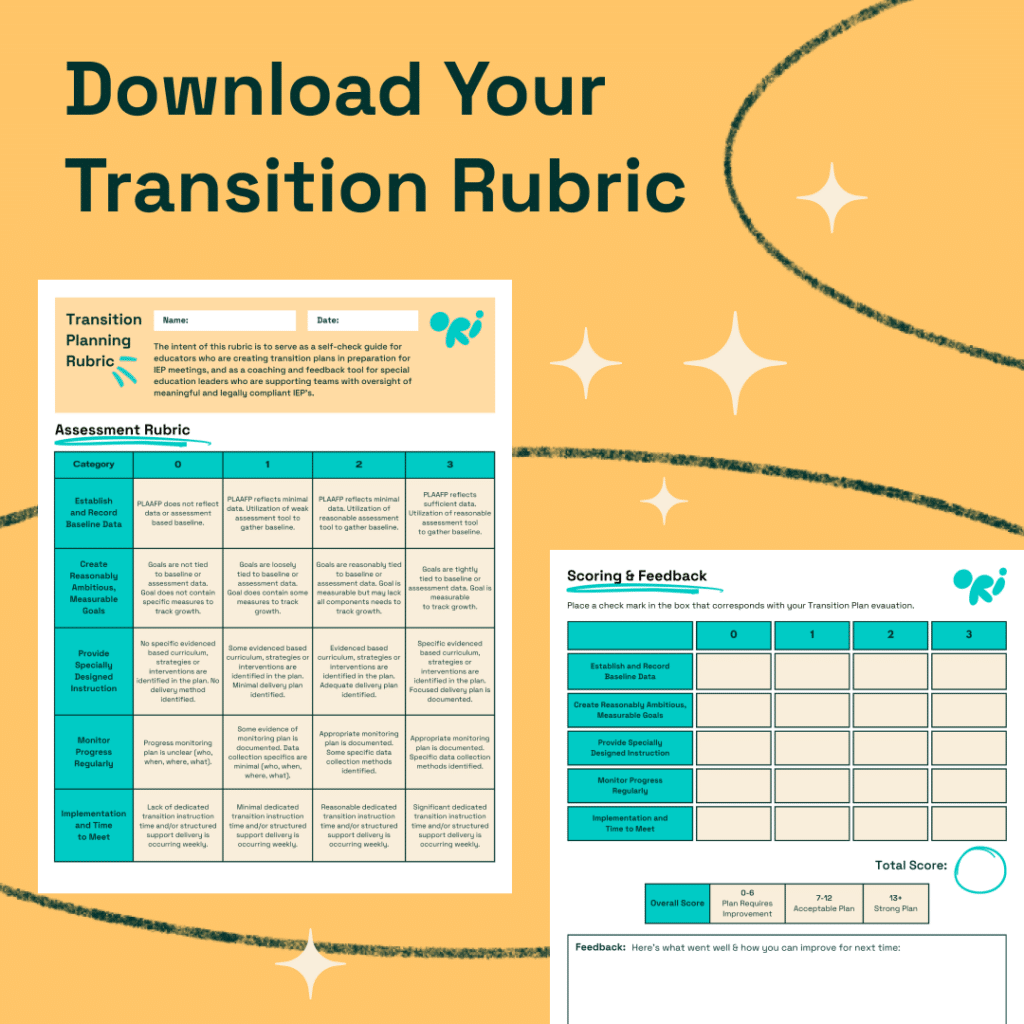

Task completion is a critical skill for student success in educational settings and beyond. This guide is designed to help educators create effective IEP goals focused on improving students’ ability to complete tasks efficiently and effectively.
Task completion involves the ability to start, continue, and finish tasks within a given timeframe and to the required standards. For students with special needs, difficulties in task completion can arise from challenges with attention, motivation, executive function, or understanding instructions.
Integrating task completion goals into a student’s Individualized Education Program (IEP) is crucial for helping them develop key skills in time management, organization, and self-regulation. These goals are designed to support students in becoming more independent and capable of managing their schoolwork and other responsibilities.
Effective task completion IEP goals should align with the student’s Present Levels of Academic Achievement and Functional Performance (PLAAFP) and adhere to educational standards under the Individuals with Disabilities Education Act (IDEA). This ensures that the goals are tailored to meet the student’s specific needs.
Our Transition Planning Rubric is designed to support district leaders and educators in guiding their teams towards excellence in transition planning.
It provides comprehensive criteria that cover the breadth of transition planning, from gauging student engagement to evaluating post-secondary goals and services.
Expand your team’s capabilities and improve the success of IEP meetings.

Disclaimer: These sample goals should be customized to fit the individual needs and circumstances of each student.
Prepare your students for lifelong success with Ori’s Transition Curriculum.
By setting well-defined and achievable goals for task completion, educators can significantly enhance a student’s ability to manage and fulfill responsibilities. These skills foster greater independence, prepare students for future challenges, and contribute to their overall educational success.
Explore comprehensive strategies and resources that support the implementation of effective task completion IEP goals. Equip your students with the tools they need to succeed in their educational journey and beyond.